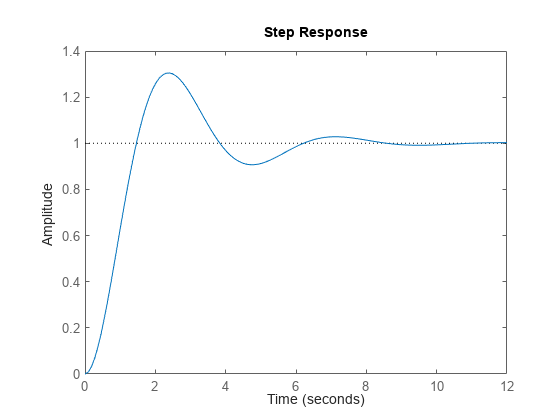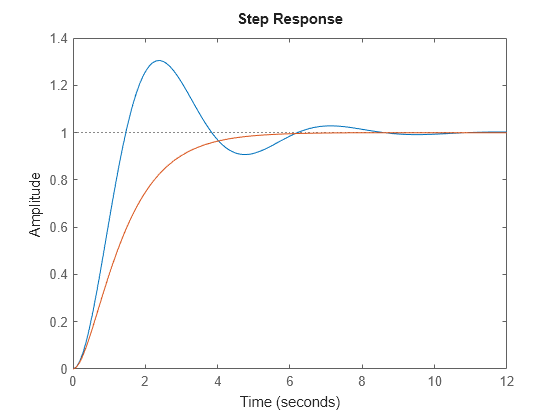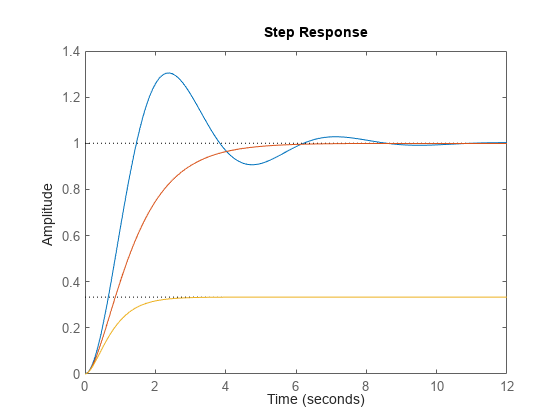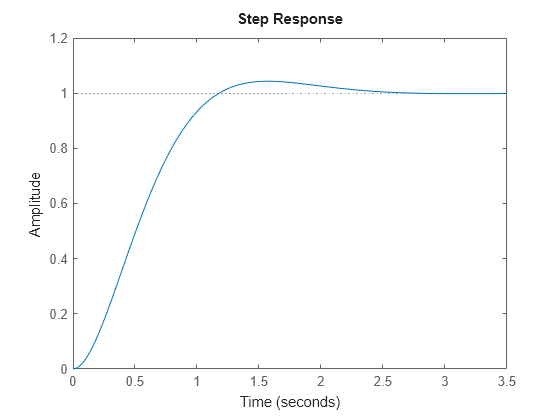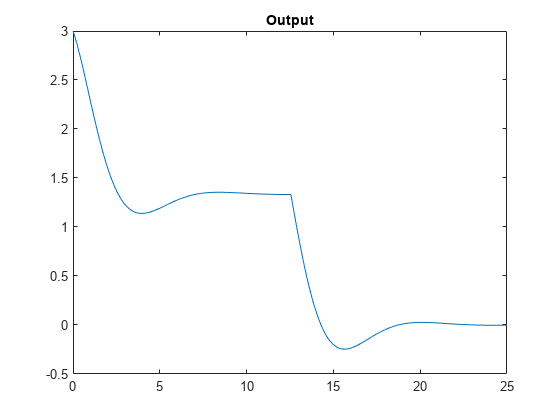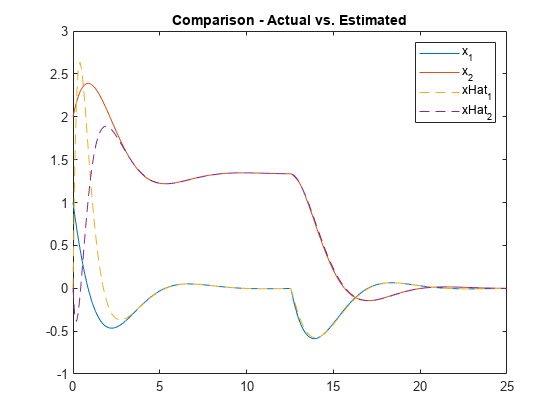place
极点配置设计
说明
极点配置是一种计算最优增益矩阵的方法,用于将闭环极点分配给指定位置,从而确保系统稳定性。闭环极点位置会直接影响上升时间、稳定时间和瞬变振荡等时间响应特征。有关详细信息,请参阅极点配置。

从图中,假设有以下状态空间形式的线性动态系统:
对于期望的自共轭闭环极点位置的给定向量 p,place 计算增益矩阵 K,使得状态反馈 u = –Kx 将极点配置在位置 p。换句话说,A - BK 的特征值将匹配 p 的条目(取决于排序)。
示例
输入参数
输出参量
参考
[1] Kautsky, J., N.K. Nichols, and P. Van Dooren, "Robust Pole Assignment in Linear State Feedback," International Journal of Control, 41 (1985), pp. 1129-1155.
[2] Laub, A.J. and M. Wette, Algorithms and Software for Pole Assignment and Observers, UCRL-15646 Rev. 1, EE Dept., Univ. of Calif., Santa Barbara, CA, Sept. 1984.
版本历史记录
在 R2006a 之前推出
